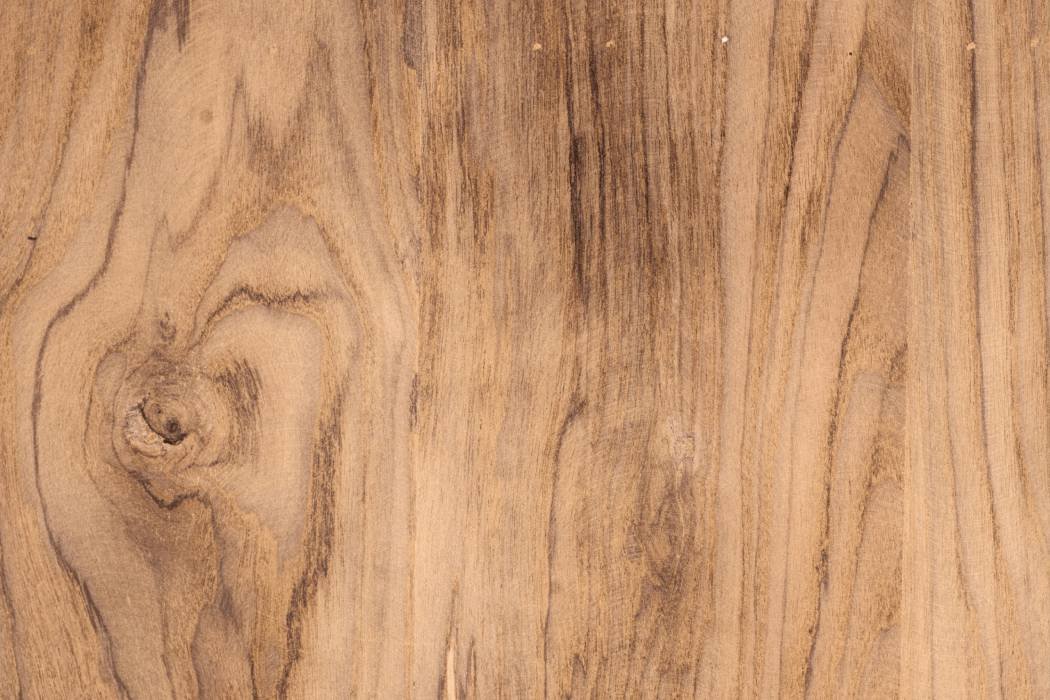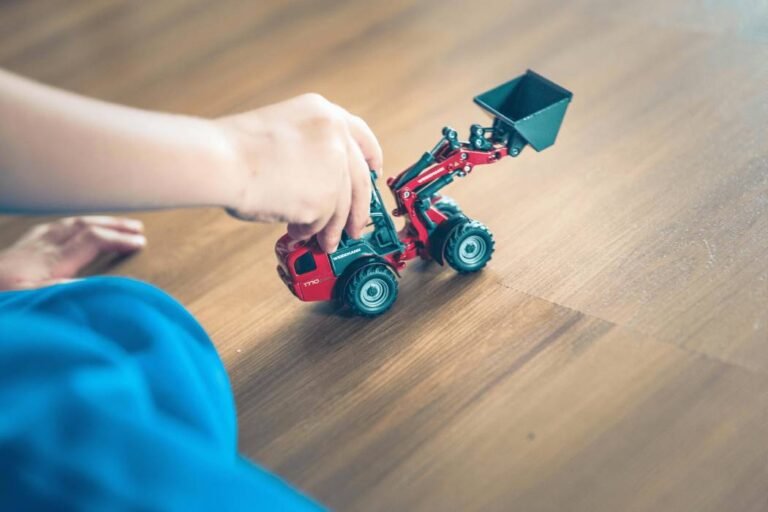Floors are one of the first things people notice when they walk into a room. Keeping your flooring clean and well-maintained helps keep your space looking great and makes the floors last longer. However, different types of flooring require different care routines. If you want to make sure your floors stay in good shape for years to come, it’s essential to know how to properly clean and maintain them. Here’s a handy guide on how to take care of some of the most common types of flooring.
1. Concrete Floors
Concrete floors are known for their toughness and versatility. Whether indoors or outdoors, they can handle a lot of wear and tear, but regular cleaning is still a must to keep them looking their best.
- Daily upkeep: Sweeping or vacuuming regularly will keep dust and dirt from accumulating.
- Mopping: Use a pH-neutral cleaner diluted in water when mopping. Avoid acidic cleaners like vinegar or bleach, as they can damage the finish.
- Stain removal: For small stains, make a paste using baking soda and water. Gently scrub the area with a soft brush, then rinse with clean water.
2. Ceramic Tile Floors
Ceramic tile is a popular choice because it’s durable and easy to clean. However, the grout between the tiles can get dirty and dingy over time if it’s not cleaned regularly.
- Daily care: Sweep or vacuum to get rid of dirt and dust. A vacuum with a hard floor setting will work best, but a regular broom does the job, too.
- Mopping: Mop using a mild detergent mixed with water. Be careful not to use too much water or to soak the floor, as water can seep into the grout and make it dirty.
- Grout cleaning: Make a paste with baking soda and water, then use a toothbrush to scrub the grout lines. For tougher stains, hydrogen peroxide works well.
3. Linoleum Floors
Linoleum is a budget-friendly, durable option that’s naturally resistant to mold and bacteria, making it a great choice for homes.
- Daily upkeep: Dust mop or sweep regularly to prevent dirt buildup.
- Mopping: Use a mild cleaner and water for mopping. Be sure to wipe the floor dry afterward—linoleum doesn’t do well with excessive moisture.
- Polishing: To keep your linoleum floors looking shiny, apply a floor polish about once a month.
4. Marble Floors
Marble is a beautiful, natural stone, but it’s porous and can stain easily. It’s also more delicate than it looks, so it requires gentle care.
- Daily care: Use a soft, dry mop or vacuum with rubber wheels to avoid scratching the surface.
- Mopping: Clean with hot distilled water and a pH-neutral cleaner. Always mop in small sections and dry each area immediately to avoid water spots or streaks.
- Sealing: Marble floors should be sealed regularly to prevent staining and to keep them looking fresh.
5. Vinyl Floors
Vinyl flooring is a popular choice for kitchens and bathrooms because it’s water-resistant, low maintenance, and easy to clean.
- Daily care: Sweep or dust mop to remove dirt and dust.
- Mopping: Use a mild detergent mixed with water for mopping. Rinse the floor afterward to avoid leaving streaks, and dry the floor with a clean cloth.
- Avoid too much moisture: Although vinyl is water-resistant, too much water can seep into the seams and cause the flooring to warp. Avoid using a steam mop, as the heat and moisture can damage the floor.
6. Hardwood Floors
Hardwood floors are classic and beautiful, but they require special care to prevent damage from moisture, dirt, and scratches.
- Daily care: Sweep or vacuum regularly to keep dust and debris from scratching the surface.
- Mopping: Use a damp mop, but make sure it’s just slightly wet, as too much water can cause the wood to warp or crack. Use a cleaner that’s designed for wood floors to keep them in good condition.
- Avoid moisture: Water is hardwood’s biggest enemy, so clean up spills right away and always dry the floor quickly after mopping.
7. Flagstone Floors
Flagstone floors have a rugged, natural look, but cleaning them can be tricky, especially if the stone is unsealed or old.
- Daily upkeep: Sweep the floor with a soft broom. Avoid vacuums with hard wheels, which can scratch the stone.
- Mopping: If your flagstone floor is unsealed, use as little water as possible and stick to water-based cleaners. Sealed floors can handle a bit more water, but be careful not to scrub too hard, as this can wear away the sealant.
8. Porcelain Tile Floors
Porcelain tiles are known for their durability, and they’re relatively easy to maintain, similar to ceramic tiles.
- Daily care: Sweep or vacuum the tiles to remove dirt and debris.
- Mopping: Mop with a mild, non-abrasive cleaner. Avoid using any oil-based products, wax, or harsh chemicals like bleach.
- Protection: Steer clear of steel wool or other abrasive tools when cleaning porcelain, as they can scratch the surface.
9. Carpet Floors
Carpets offer warmth and comfort but tend to collect dirt, dust, and stains more easily than hard floors. This makes regular cleaning essential.
- Daily care: Vacuum frequently to remove dust, dirt, and allergens that can settle into the fibers.
- Deep cleaning: Every few months, give your carpet a deep clean with a carpet shampooer or hire a professional cleaner. Sprinkling baking soda over the carpet before vacuuming can help remove odors.
Stain removal: Treat stains as soon as possible. For most stains, blot the area with a mixture of water and mild carpet shampoo.




